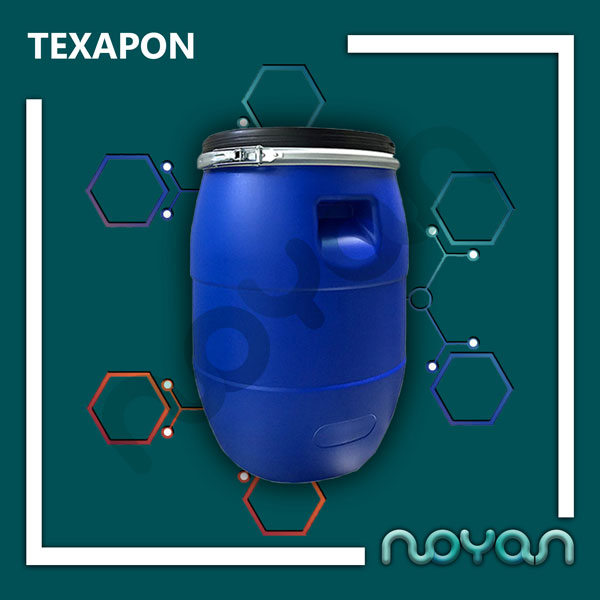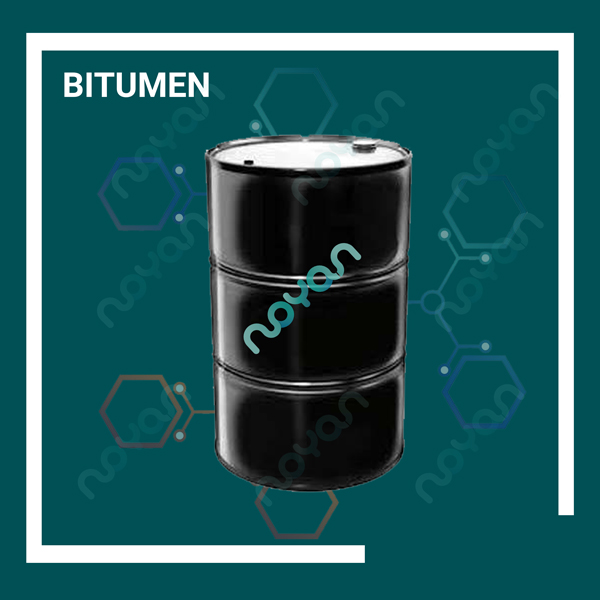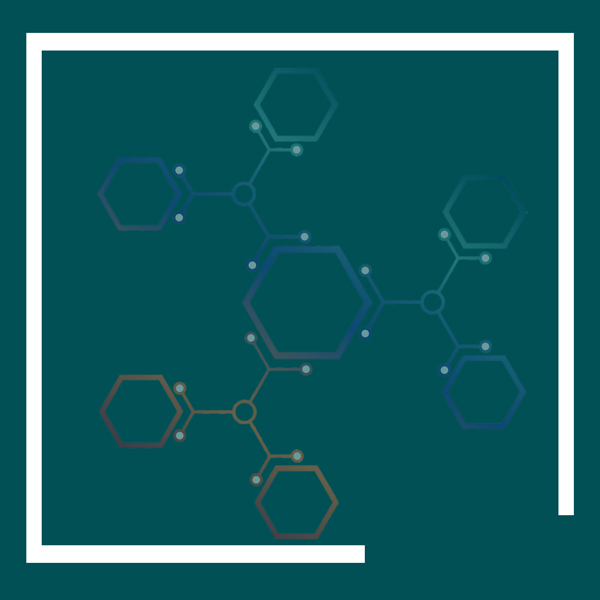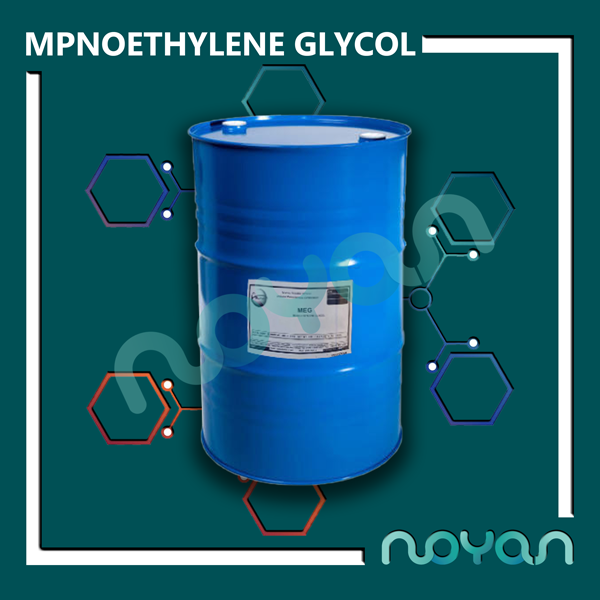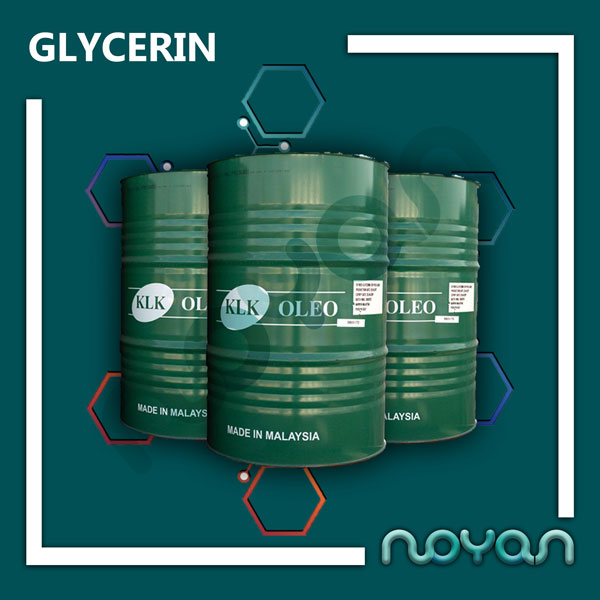Texapon
Texapon
Sodium lauryl ether sulfate under the Texas brand and the molecular formula NaC12H25SO4 is a translucent white or yellowish paste that has a mild odor and is available in concentrations of 30 and 70% on the market. Texapon is an anionic surfactant and belongs to the family of alkyl ether sulfates. It is obtained by combining a fatty alcohol such as coconut oil with ethylene oxide and subsequent sulfonation.
Texapon is available in two forms: N70 and Shell Japan. Texas oyster’s is less pure than N70 and is used in the production of opaque oyster detergent products such as shampoos. Texapon N70 is a high viscosity paste used to make clear detergents. It contains a small amount of salt. Under Texas, when diluted with water at normal concentrations, it shows low viscosity, and the addition of sodium chloride and alkanolamide to it regulates its viscosity.
Texapon is used as a common cleanser in most head and body health products. It has good foaming properties, but its foam is light and not thick. In the presence of fats, it disappears and dissolves easily in hard and ordinary water with a lot of foam and is compatible with other additives. This material is placed in the formulation without the need for temperature and high speed stirring by adding other materials. Texapon is a natural skin irritant and damages the structure of the two layers of fat in the skin, increasing the subtle evaporation of the skin and resulting in dryness. Therefore, if it is combined with other anionic, amphoteric and non-ionic surfactants, it provides the quality and amount of foaming and washing at a desirable level. Texapon can also be diluted with triethanolamine if needed. Texapon is used in most commercial detergents such as dishwashing liquid and industrial cleaners (carwash and floor salt and oil remover) and in more than 90% of hygiene products and body and head cleaners such as Toothpaste, soap, shampoo, lotion cream, whether in liquid or non-liquid form, is used to remove grease as a foaming, cleansing and emulsifying adhesive, and is one of the cosmetic and medicinal raw materials.
This compound, also known as oyster sodium lauryl sulfate, also known as texapon or oyster paste, can be easily consumed in cold processes and causes the oyster wave to shine in shampoo, bath liquid or other liquids.
Texapon is used in almost every detergent, from toothpaste to car wash shampoo. US Food and Drug Administration (FDA) tests have shown that the use of this substance is not dangerous for the consumer. The Australian Department of Health and Chemicals says the substance does not react with DNA. But it should be noted that like other detergents, sodium lauryl ether sulfate also irritates the skin and causes severe eye irritation. The most important effect of sodium lauryl ether sulfate and other derivatives is that it breaks down the skin’s moisture barrier and allows other chemicals to penetrate easily under the skin.
Harms
The most important effect of sodium lauryl sulfate and other derivatives is that it breaks down the skin’s moisture barrier and allows other chemicals to penetrate easily under the skin.
Despite the advertisements of most commercial soaps, most skins are extremely sensitive to this chemical, which causes dry skin. In the worst case, especially on sensitive skin, it causes itchy itching after a bath for 20 to 30 minutes, which destroys the outer layer of the skin. And laboratory tests have shown that the degradation effect of sodium lauryl sulfate lasts for up to 17 days on the skin.
The cells of the body are made of protein. The development of these cells is highly dependent on cell proliferation processes, which the body continuously controls by removing damaged and older cells and replacing them with newer, healthier cells, and replacing almost every cell in the body for at least 7 years.
By acting on the body’s molecules and proteins, SLS causes the hydrophobic forces required to maintain the structure of proteins and molecules to collapse by forming a chemical bridge between the fat-soluble and water-soluble parts, a process that is irreversible.
Considering that the existing proteins are damaged and lead to increased hormonal secretion for healing, and also these new cells are also likely to be damaged, so considering the above, the damage is doubled and this is exactly the type of activity that can lead to early skin cancer. .
Although the effects of using SLS on the skin and its direct use in causing cancer have not yet been fully proven [3], it has been reported that it is a surfactant and a strong stimulant for the skin.
Regardless of the potential for precancerous conditions by abnormal proteins, SLS can cause cancer by mimicking the effects of estrogen. This effect can even affect breast cancer and ovarian cancer, which are directly related to estrogen levels, leading to tumor growth.
SLS can accelerate cancer by disrupting normal estrogen levels and having similar effects at the cellular level as endogenous estrogen. The increasing cause of breast cancer in recent years is definitely related to consumables. It has even been seen in men. SLS could potentially cause cancer in another way, by reacting with nitrogenous compounds. Of course, the main concern is that SLS can cause disease by mutating cells and damaging the genetic material in each cell.
Sodium lauryl sulfate exacerbates oral mucosal diseases
